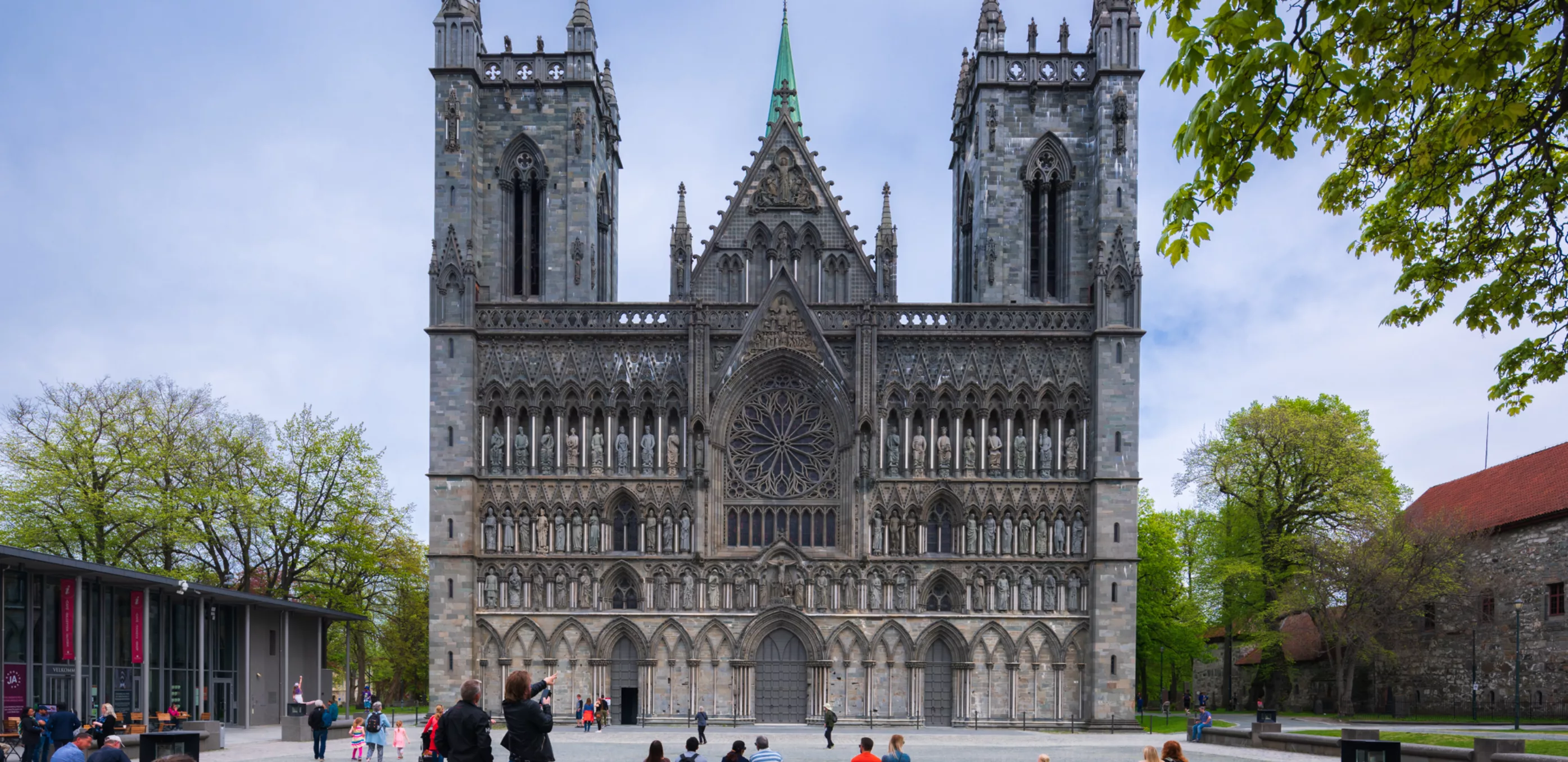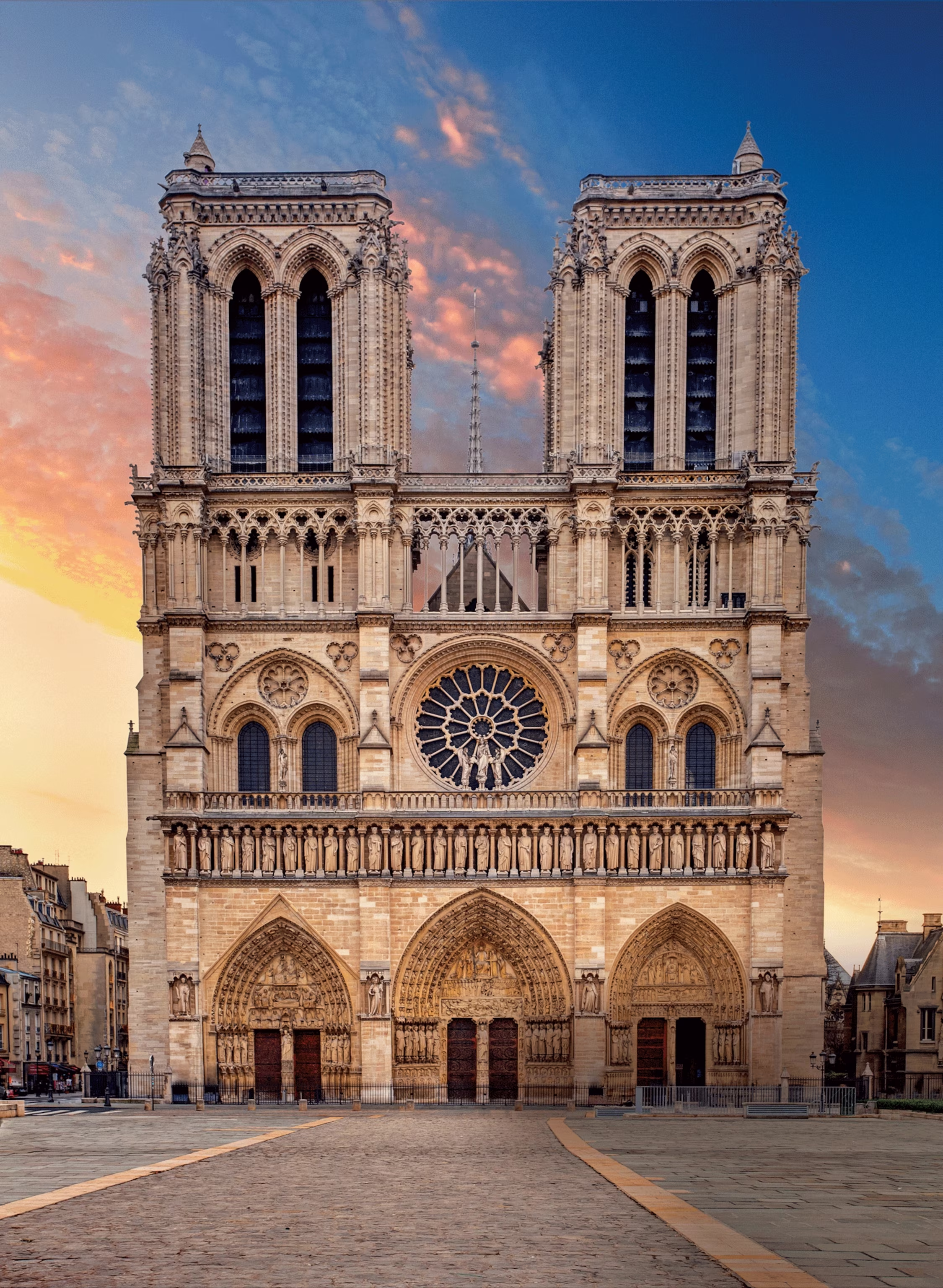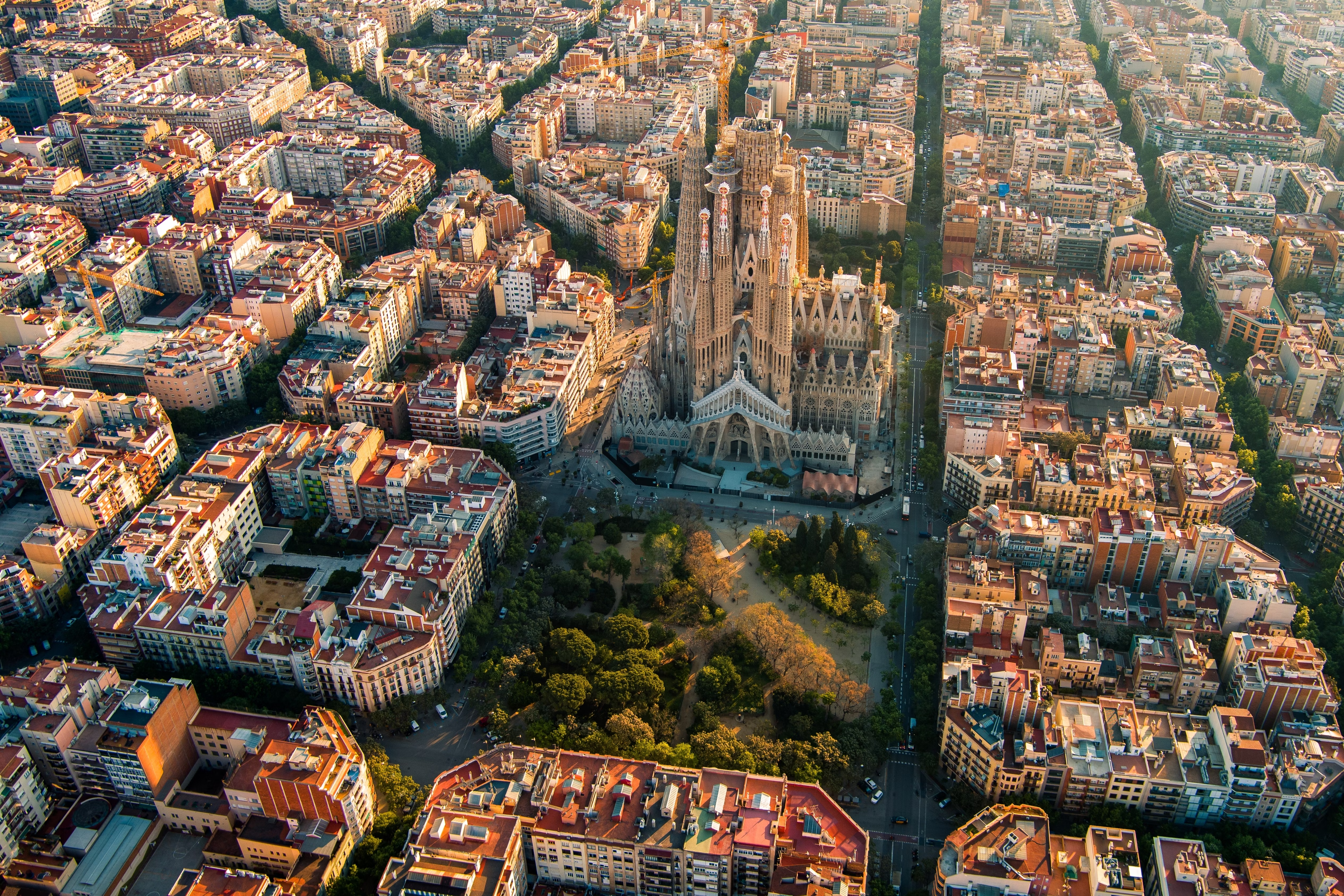
Nidaros Cathedral
Built over the burial site of King Olav II, it is the most important church in Norway and the traditional site for the consecration of Norwegian monarchs. It features a mix of Romanesque and Gothic styles, with impressive sculptures and stained glass.
Historical Context
Nidaros Cathedral was constructed during the gothic, romanesque period, specifically between 1070 - c. 1300 (ongoing restoration). This era was characterized by significant developments in architectural techniques and religious expression.
The construction was commissioned by the local bishop and diocese and took place during a time of growing urban populations and increasing religious devotion. The building has survived through centuries of history, witnessing wars, political changes, and cultural transformations.
Over the centuries, Nidaros Cathedral has undergone several renovations and restorations, each adding to its historical significance while preserving its original character and purpose.



